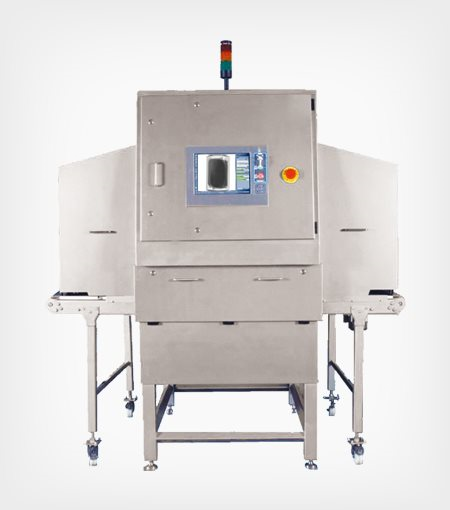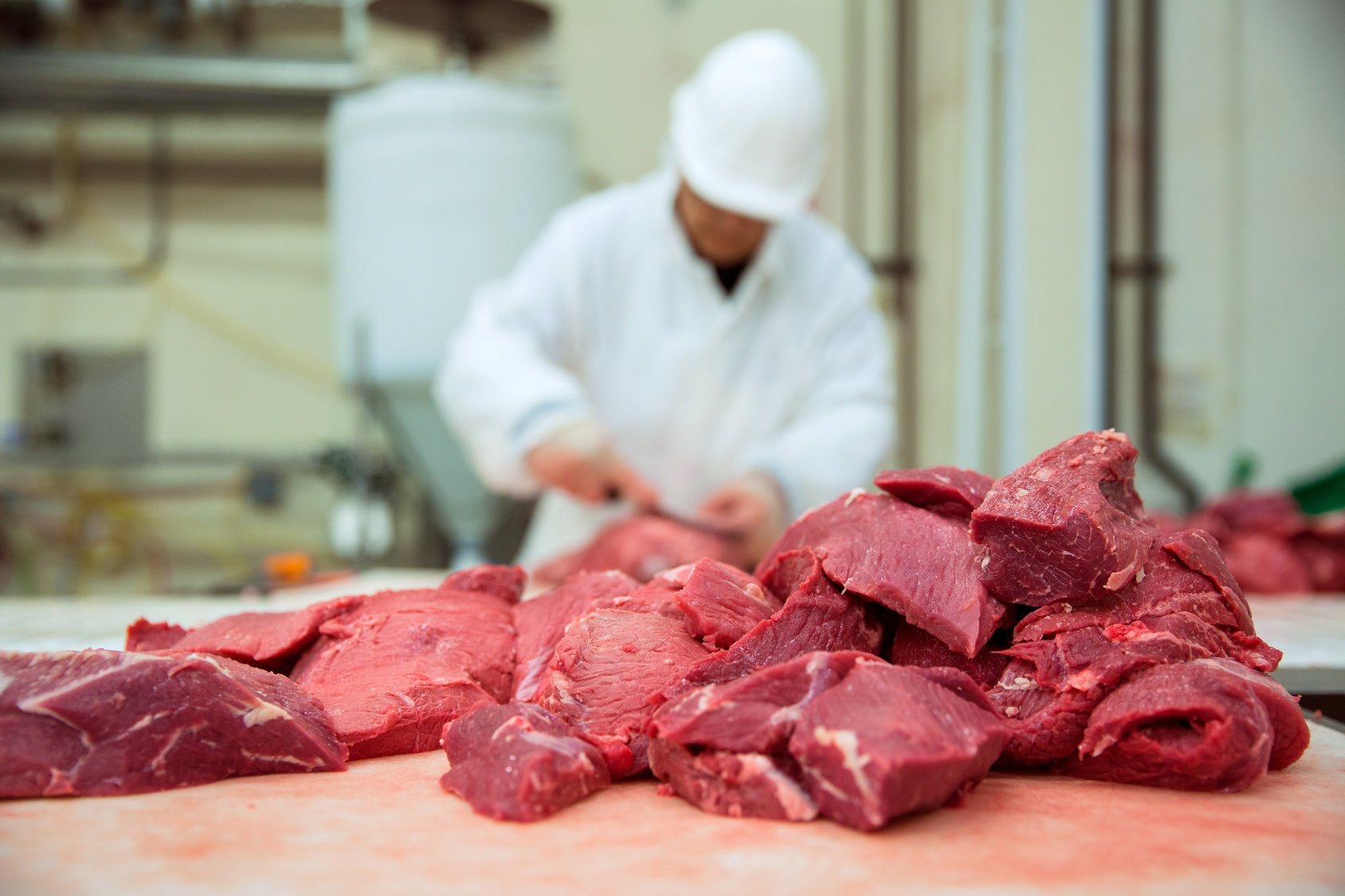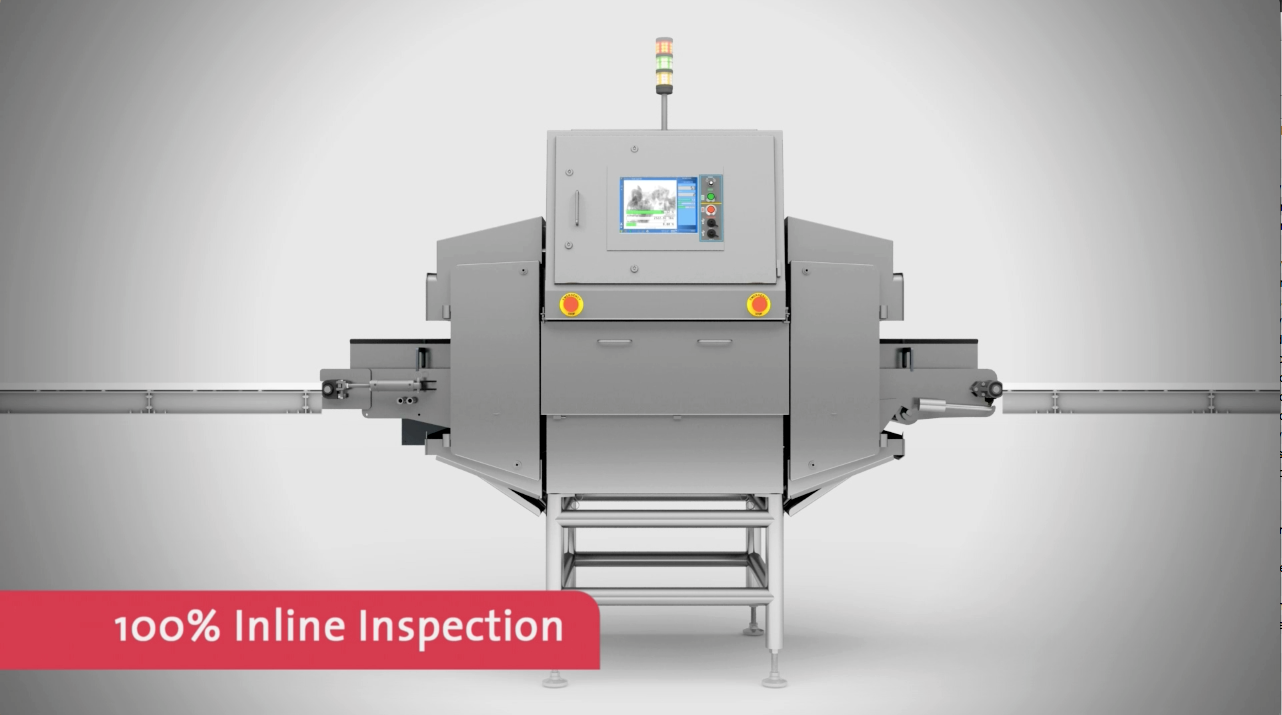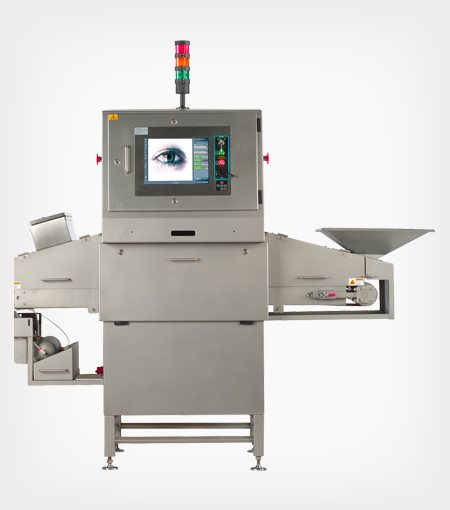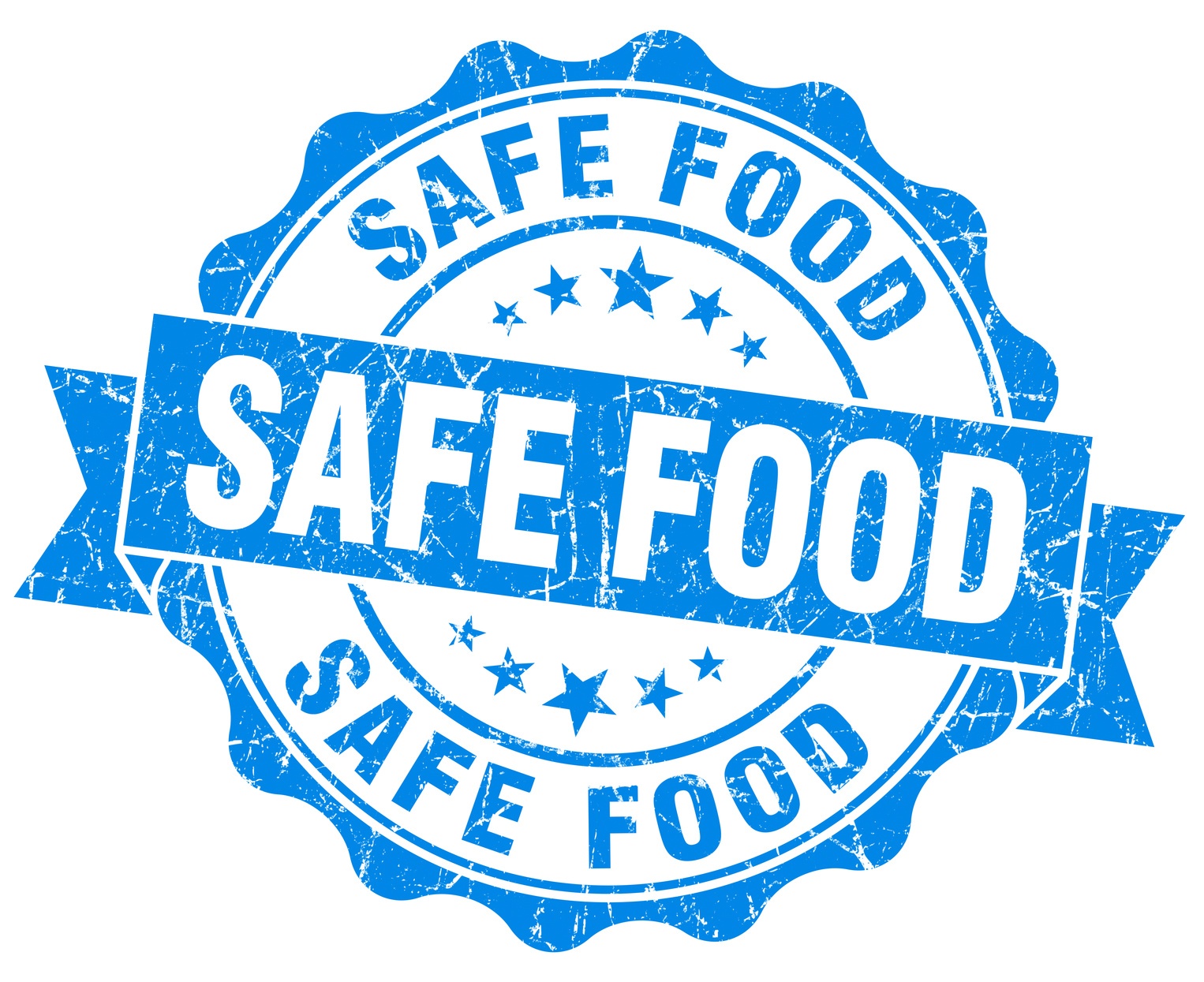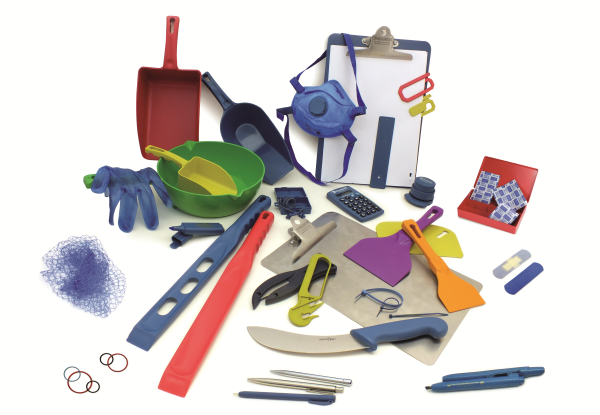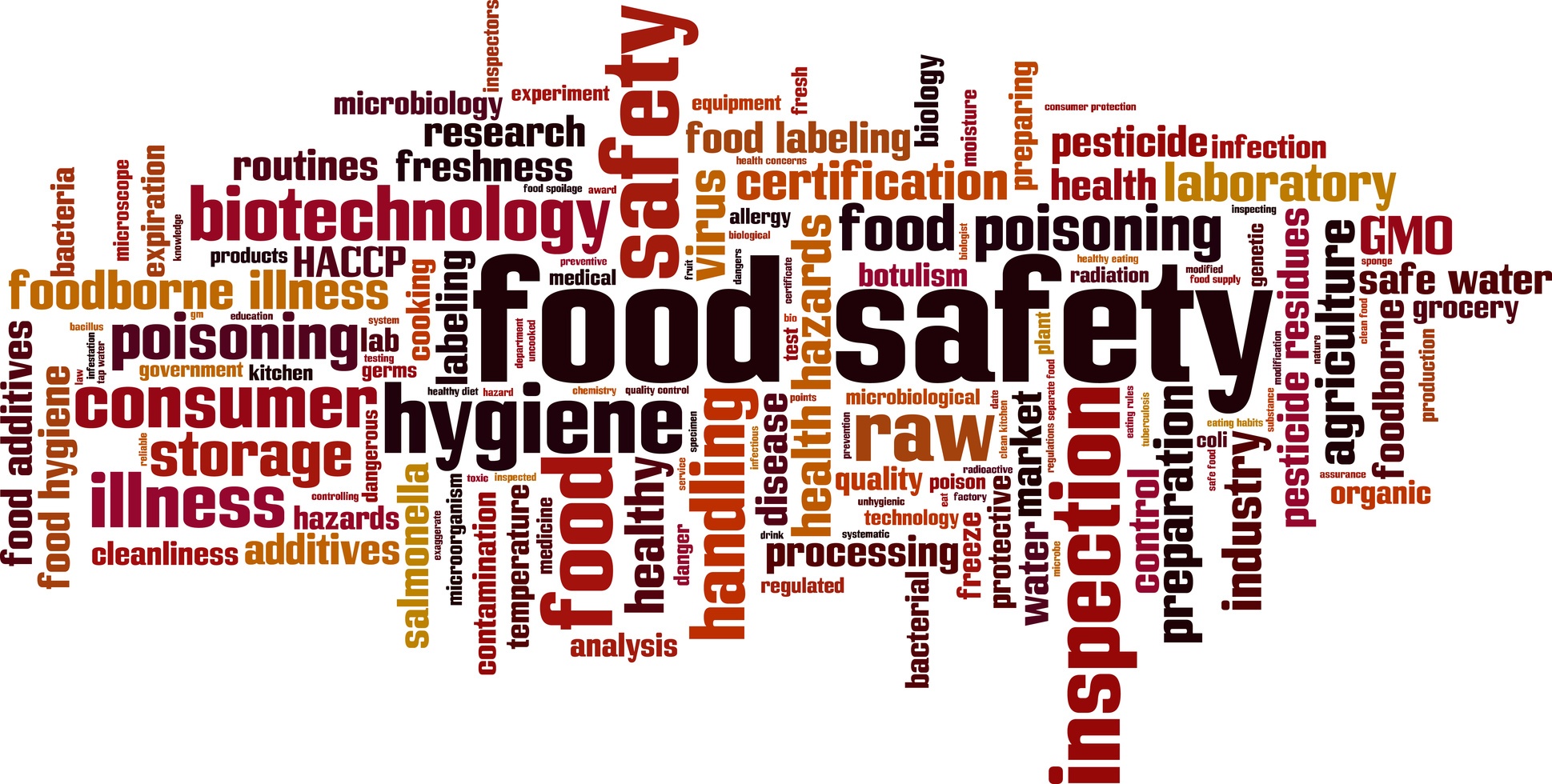Vertical Form Fill and Seal (VFFS) machines play an important role in the packaging of goods. They are especially important because they increase the speed of filling—which has become a major concern for many food processors as they try to cope with the ever-increasing operational costs and high demands.
Plan Automation Technology Blog
How Does a Vertical Form Fill Seal (VFFS) Machine Improve Operations?
Topics: Vertical Form Fill Seal
Does Your Product Inspection Meet BRC Food Safety Issue 7 Standards?
In January of 2015, the British Retail Consortium (BRC) updated its Global Standard for Food Safety. This new standard, also known as issue 7, effectively replaced the old Issue 6 standard in July of 2015.
Topics: X-Ray Inspection, Product Inspection, Food Product Inspection, Food Inspection, HACCP
Improving Product Traceability with X-Ray Product Inspection
Traceability is a major concern for food producers. Being able to track a contaminated package back to its point of origin is vital for minimizing future contamination risks and for narrowing down product recalls.
Topics: X-Ray Inspection, Product Inspection, Food Product Inspection, Food Inspection
Maximizing Quality Control for Meat with Fat Analysis X-Ray Systems
For any product inspection system, it’s important to spot and eliminate contaminants. However, there’s far more that goes into quality control than just preventing contamination—especially in meat production.
Topics: Dual Energy X-Ray Absorptiometry (DEXA) Technologi, Product Quality, Food Safety and Quality Inspection
Fat Analysis: Core Sampling Vs. Inline X-Ray Fat Analysis for Meat Product
Meat producers have a dire need for accurate fat analysis in their meat products. The problem is that traditional testing solutions such as core sampling can easily suffer from sample bias.
Topics: X-Ray Inspection, Dual Energy X-Ray Absorptiometry (DEXA) Technologi, automation, Eagle Pi, X Ray Inspection of Meat
Why Checkweighing is a Must-Have Feature for Your X-Ray Inspection
When one talks about x-ray inspection machines, the features that you usually hear the most about are the kind of scanner the x-ray uses (single or dual-energy), what kinds of contaminants it can detect, and how quickly it can scan product.
Topics: X-Ray Inspection, X Ray Inspection for Food, Food Inspection
How X-Ray Technology Can Help You with Recipe Management
For raw meat products, carefully managing chemical lean (CL) values is a huge concern—especially when you’re trying to create a consistent prepackaged product. For some recipes, a difference of 5% in the fat-to-lean ratio can significantly alter the flavor and overall quality of the end product.
Top 5 Food Safety Tips for Organic Food Production
Non-GMO, organic food is picking up in popularity among consumers, with many food producers doing everything they can to ensure that they can apply the “certified organic” label to their products.
To meet organic standards for plant-based products, they have to be free of any GMO modifications, and specific pesticides & fertilizers may not be used. Livestock also have to be fed specific diets and meet several other requirements regarding immunizations, exercise time, and more.
Topics: Product Safety, X-Ray Inspection, Food Safety and Quality Inspection, Food Inspection
Using X-Ray Detectable Plastic and Rubber to Boost Food Safety
X-ray product inspection technology has advanced considerably since its initial inception. With the invention of dual energy x-ray absorptiometry (DEXA) technology, the capabilities of x-ray technology were greatly expanded. No longer were x-ray systems reliant on just a grayscale snapshot of product contents—they could analyze materials by their chemical composition.
Topics: X-Ray Inspection, Dual Energy X-Ray Absorptiometry (DEXA) Technologi, detectable components
Is 100% Contaminant Detection Possible? Preparing for Food Incidents
Every food manufacturer worries about contaminants in their products. Food safety incidents can create public relations nightmares that result in costly settlements, recalls, and loss of consumer confidence.
Topics: Product Safety, Product Inspection, Food Inspection, MDX





